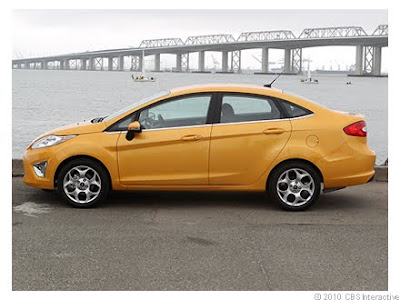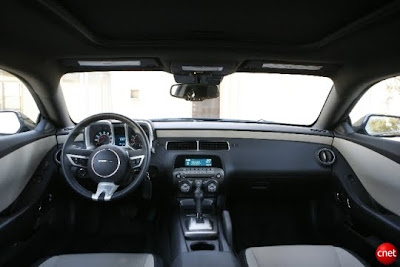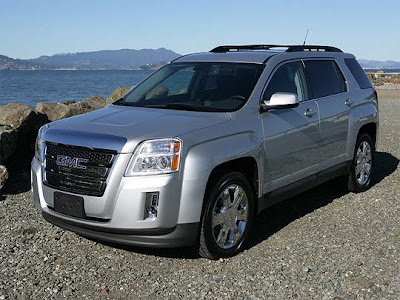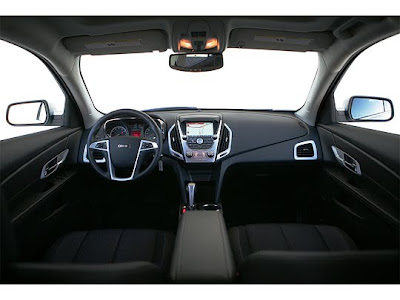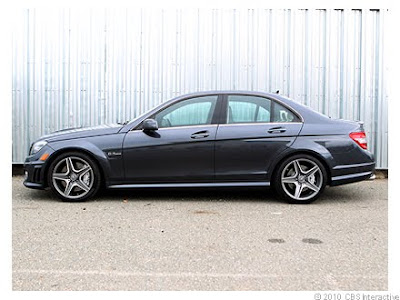The thing to keep in mind about Porsche is that the company basically makes road-legal race cars; hence the Porsche 911 GT2 RS. This new model, limited to a production run of 500, wrings 620 horsepower out of its 3.6-liter flat six-cylinder engine. Of course, that kind of power wouldn't be possible without twin turbos and clever tuning.
That horsepower finds its real world expression in 3.4 seconds to 60 mph, a top speed of 205 mph, and a lap of the Nürburgring Nordschleife in just 7 minutes and 18 seconds.
The 911 GT2 RS was developed with a very weight conscious attitude. Porsche engineers stripped 154 pounds from it, compared with the previous 911 GT2. As one example of weight-loss engineering, Porsche used cloth straps instead of traditional interior door handles.
Likewise, Porsche used a simple six-speed manual gearbox instead of its new Doppelkupplung dual-clutch transmission. Alcantara covers the emergency brake lever and gear shifter, which probably shaved a few milligrams over other materials. We don't expect the 911 GT2 RS has much in the way of cabin tech, as you don't need a nav system on most racetracks.
Keeping the rear-wheel-drive 911 GT2 RS on the road is Porsche Adaptive Suspension Management, a system that the Porsche engineers decided was worth the extra weight. Porsche also retuned its stability management system for the car, and boasts that the driver can selectively switch off stability and traction control.
Besides the limited production run, another reason you are unlikely to see this car in the shopping mall parking lot is its $245,000 price tag.
->Read More...
That horsepower finds its real world expression in 3.4 seconds to 60 mph, a top speed of 205 mph, and a lap of the Nürburgring Nordschleife in just 7 minutes and 18 seconds.
 |  | 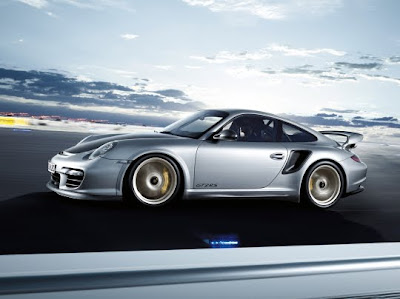 |  |
The 911 GT2 RS was developed with a very weight conscious attitude. Porsche engineers stripped 154 pounds from it, compared with the previous 911 GT2. As one example of weight-loss engineering, Porsche used cloth straps instead of traditional interior door handles.
Likewise, Porsche used a simple six-speed manual gearbox instead of its new Doppelkupplung dual-clutch transmission. Alcantara covers the emergency brake lever and gear shifter, which probably shaved a few milligrams over other materials. We don't expect the 911 GT2 RS has much in the way of cabin tech, as you don't need a nav system on most racetracks.
Keeping the rear-wheel-drive 911 GT2 RS on the road is Porsche Adaptive Suspension Management, a system that the Porsche engineers decided was worth the extra weight. Porsche also retuned its stability management system for the car, and boasts that the driver can selectively switch off stability and traction control.
Besides the limited production run, another reason you are unlikely to see this car in the shopping mall parking lot is its $245,000 price tag.





